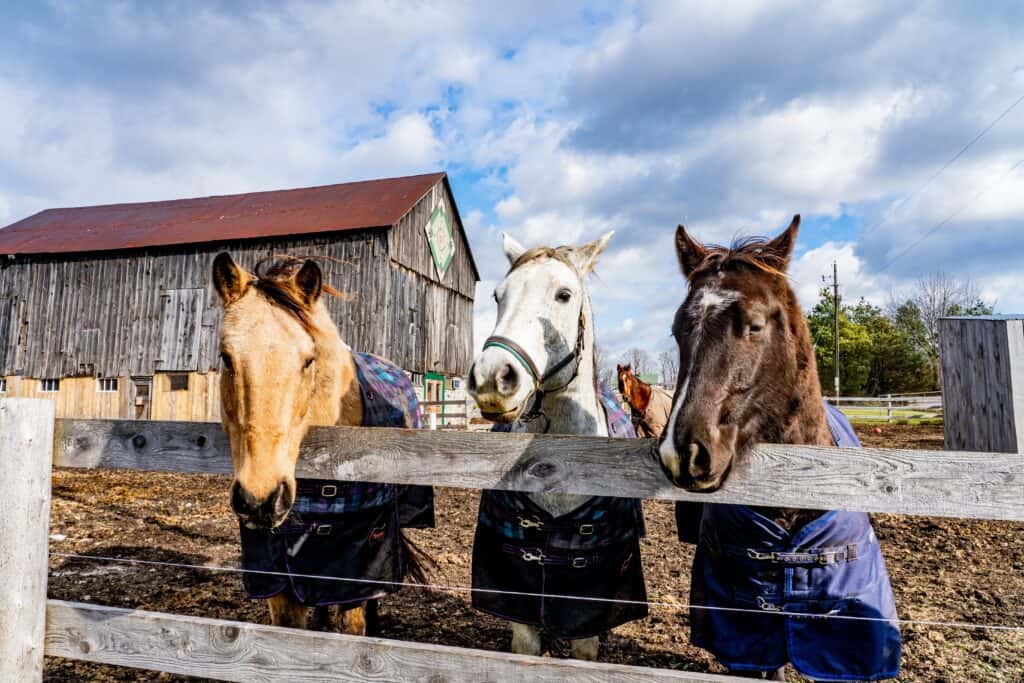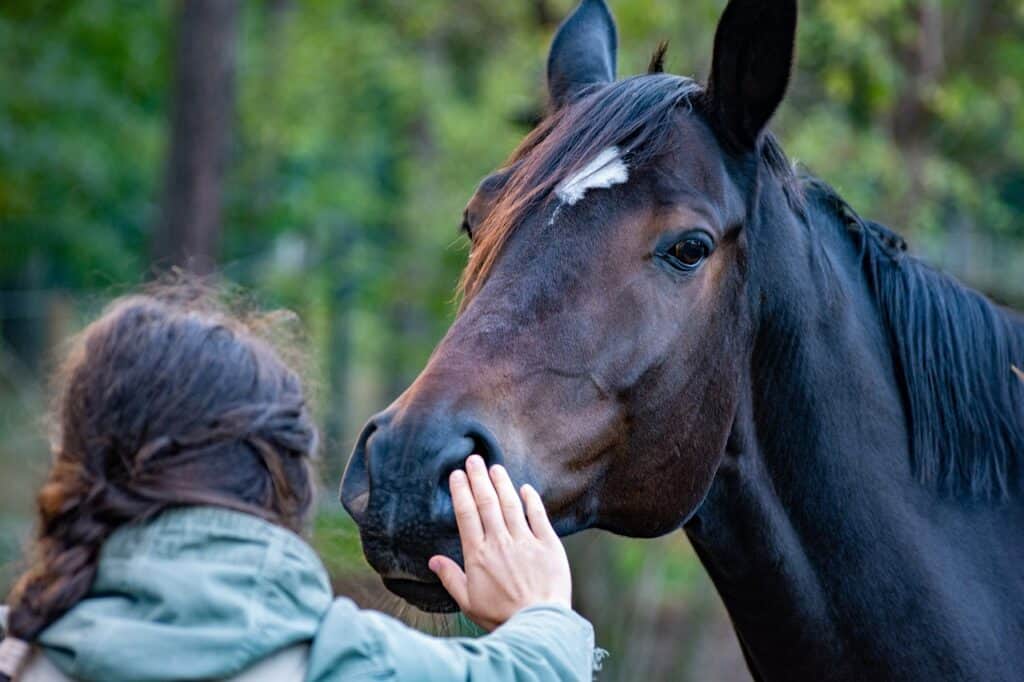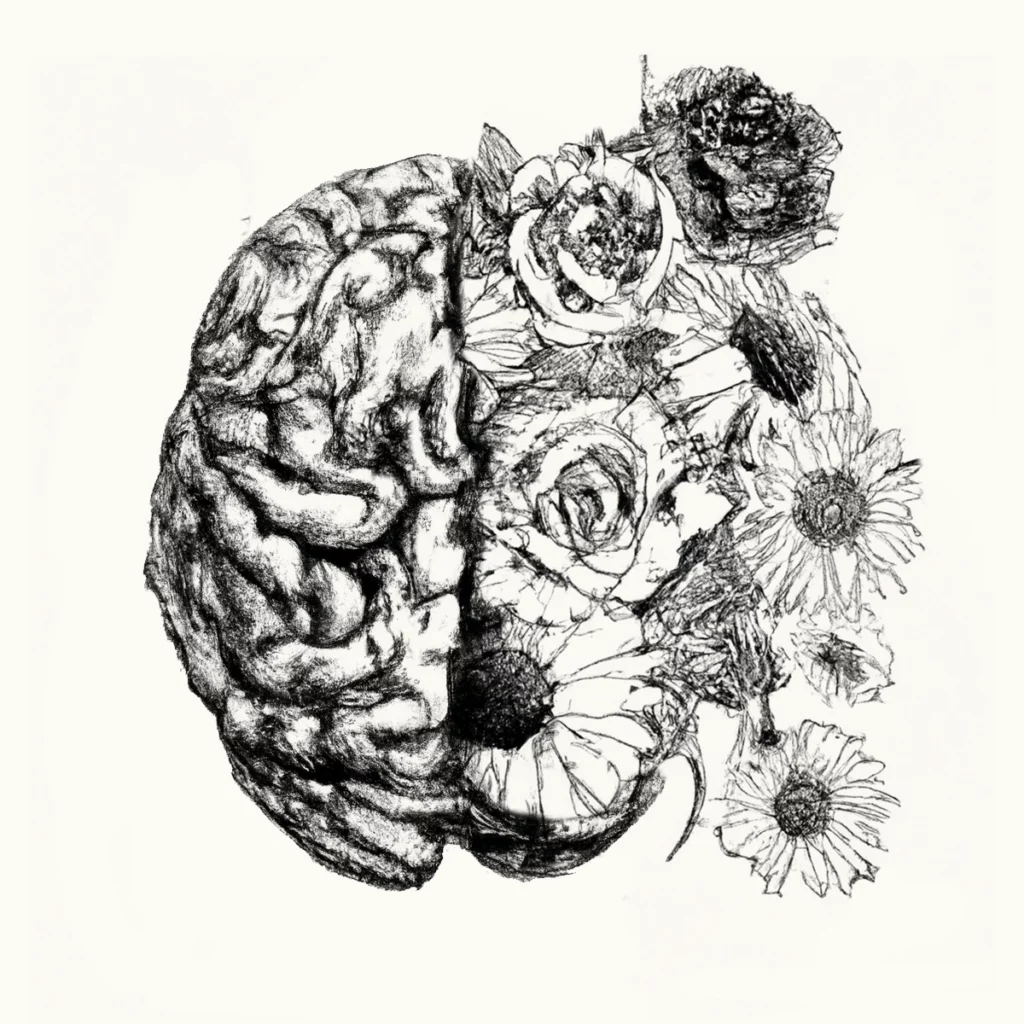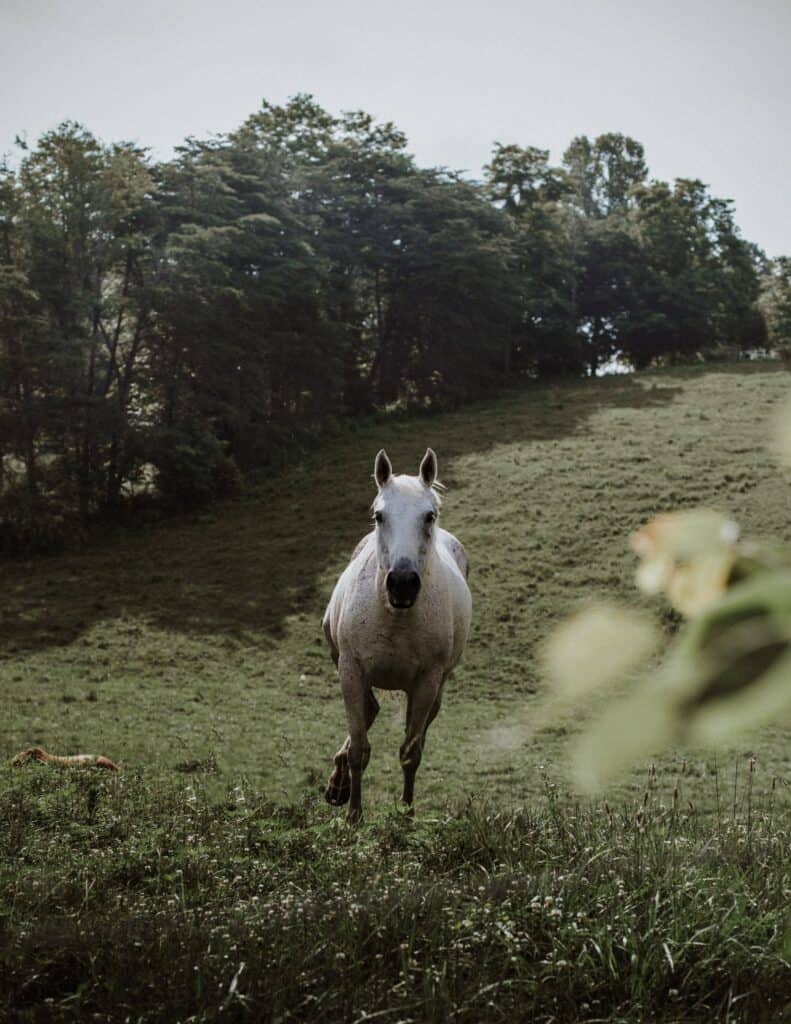What causes our systems to use dissociation as a strategy? The fact is, it’s all about attachment and trying to preserve it, but also managing the distress and conflict about that very safe drive to attach. There’s conflict.
As I write this, I am 100% feeling in my bones that I am looking back on a past moment in my own personal work. In the here and now, I look outside my window and see my horses peacefully graze, roaming their pasture. I am struck by the sense of security they experience. The horses are surrounded by a fence I built when we first moved to our property. A fence designed specifically with them in mind. Secure. Stable. Consistent. Predictable. Along with gates that form their way in and out of my property, the fence provides a boundary for them that delineates what their land to graze, roam, and frolic is. Furthermore, the fence often prevents a safe haven that prevents predatory animals, such as coyotes, from entering their haven.
I regularly use the metaphor of a fence to teach my clients, as well as my students, about the attachment relationship. Security. Stability, Consistency. Predictability. Gates. Our first relationship with our mother should have provided these qualities, and our survival would depend on it, as well as our ability to later seek and trust in these qualities in others. As mammals, we needed security whilst dependent on our parents until we can make it ourselves. We needed consistency. We needed predictability. We needed to know, without a doubt, that we could go in and out of our primary attachment relationship and leave, albeit coming right back without hesitation. The boundaries of our primary attachment relationship, just as in the fence that “looks out for” my horses,” is also designed to serve as much as it can as a boundary that keeps “bag things out” and “good things in.”
The challenge is, what if the attachment relationship was actually an electric fence? Consider the qualities of an electric fence, as well as its variability. The electric fence does provide boundaries, but what if it is inconsistent?
Is it on, it’s it off? Perhaps I can get close. Maybe this time, I won’t get shocked. Okay, maybe this time it is okay to try to connect. Oh wait, no, I read that wrong. Retreat. Perhaps next time, don’t even try.
Sound familiar? These thoughts echo the internal conflict and battle that our clients with complex trauma and dissociation struggle with. Moment to moment, as we therapists expect them to be able to just “trust” us, the internal experience of what it was like to have an often disorganized attachment is running in the background.
So, what is a child to do? More on this in part two of this blog….




